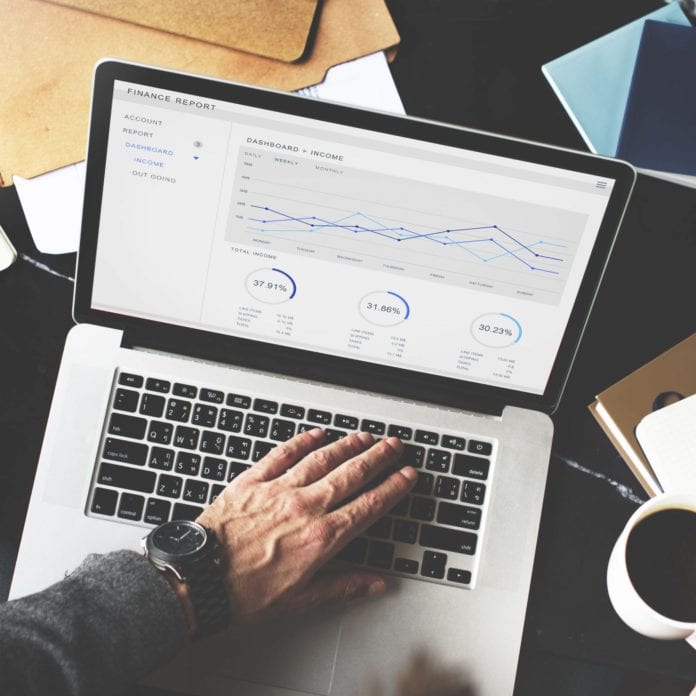There is a general agreement that the “internet of things” will produce tens of billions of connected devices in the next few years. How we will get there isn’t so straightforward, but enterprises are continuing to look for ways to streamline development for IoT and get comprehensive solutions out with fast turnaround. One of the best ways to do so is by using an IoT application enablement platform.
An AEP is a form of platform-as-a-service meant to enable a developer to rapidly deploy an IoT application or service without worrying about scale-out or scale-up factor. As Luc Perard, head of EMEA IoT partner sales at Thingworx, writes in a LinkedIn post, an IoT AEP is not an app or simply means of managing assets (device clouds), it is meant to provide all the foundational services (communication; data storage; management; application building and enablement; user interface security; and analytics) required to build a solution from the ground up.

The architecture of an IoT app development platform can consist of a software platform, an application development platform and/or an analytics platform. The more comprehensive approaches consist of eight important architectural building blocks, according to IoT Analytics.
Connectivity and normalization
Brings different protocols and different data formats into one “software” interface ensuring accurate data streaming and interaction with all devices.
Device management
Ensures the connected “things” are working properly, seamlessly running patches and updates for software and applications running on the device or edge gateways.
Database
Scalable storage of device data brings the requirements for hybrid cloud-based databases to a new level in terms of data volume, variety, velocity and veracity.
Processing and action management
Brings data to life with rule-based event-action-triggers enabling execution of “smart” actions based on specific sensor data.
Analytics
Performs a range of complex analysis from basic data clustering and deep machine learning to predictive analytics extracting the most value out of the IoT data stream.
Visualization
Enables humans to see patterns and observe trends from visualization dashboards where data is vividly portrayed through line, stacked, or pie charts; and 2D- or 3D-models.
Additional tools
Allow IoT developers prototype, test and market the IoT use case creating platform ecosystem apps for visualizing, managing and controlling connected devices.
External interfaces
Integrate with third-party systems and the rest of the wider IT-ecosystem via built in application programming interfaces, software development kits and gateways.
New market forecasts from ABI Research show revenues from the IoT AEP space grew 28% in 2014. By year-end 2020, the revenue base is forecast to exceed $1.4 billion, led by applications for remote monitoring and control.
IoT Analytics outlined the different approaches to creating an IoT AEP platform, linking companies with these approaches:
Organic bottom-up approach
Starting with the connectivity part and building out platform features from the bottom-up (Ayla Networks).
Organic top-down approach
Starting with the analytics part and building out platform features from the top-down (IBM IoT Foundation).
Partnership approach
Striking alliances to offer the full package (GE Predix and PTC’s Thingworx).
Mergers and acquisition approach
Targeted acquisitions (Amazon.com/2lemetry) or contenders performing strategic mergers (Nokia and Alcatel-Lucent).
Investment approach
Tactical investments throughout the IoT ecosystem (Cisco).

